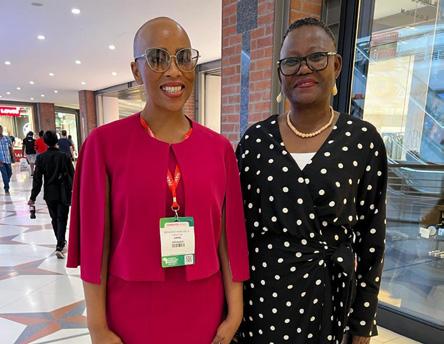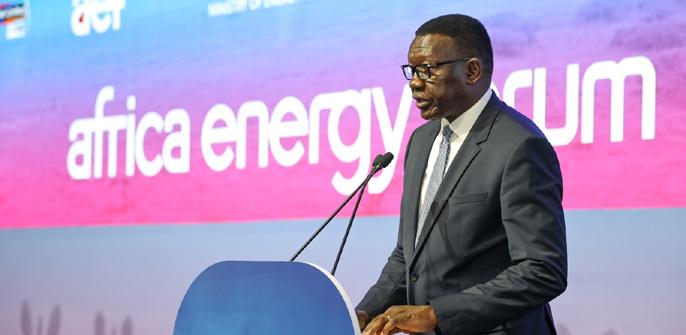
2 minute read
GREEN ENERGY EXPERT OPINION
from theTradeEnvoy
Emerging Brand Africa Contributor
A Green Future Ahead
Advertisement
Considering governments commitment to reduce emissions and meet renewable energy targets, the renewable energy market in Africa is projected to grow exponentially in the next few years. According to the International Energy Agency, renewable energy investments in Africa are expected to reach US$51 billion in 2023, with US$28 billion allocated to photovoltaic (PV) technology and US$19 billion to wind.
The 2022 edition of the Sustainable Development Goal (SDG 7) aims to ensure access to affordable, reliable, sustainable, and modern energy by 2030. However, the impacts of the pandemic, including lockdowns, disruptions to global supply chains, and diversion of fiscal resources to keep food and fuel prices affordable, have affected the pace of progress.
Climate Adaptation
Climate change profoundly influences global food security, affecting the amount and quality of food due to rising temperatures, unpredictable weather patterns, increased droughts and floods, and changes in crop production. These factors can cause a decline in crop yields, leading to food shortages and leaving vulnerable populations without access to enough nutritious food.
In an October 2022 interview, William R. Sutton, Global Lead for Climate Smart Agriculture for the World Bank, stated that the number of people starving had increased from 135 million in 2019 to 345 million in 82 countries by June 2022, due to the war in Ukraine, supply chain disruptions, and the continued economic fallout of the COVID-19 pandemic.
Rising food commodity prices in 2021 were a significant factor, pushing approximately 30 million people in low- income countries towards food insecurity. Willis Ogutu, Assistant Manager for Anglophone Africa at MicroSave Consulting, believes the role of agribusiness in fostering sustainable food systems is key to ending hunger in Africa. Easing trade barriers, supporting infrastructure, climate-smart agricultural systems, and private sector investments can help transform Africa into a breadbasket for the world.
Green Food for Thought
The World Bank estimates that the global food system is responsible for about a third of greenhouse gas emissions, second only to the energy sector. It is the number one source of methane and biodiversity loss. Reducing carbon emissions and becoming more resilient is possible, but doing so will require significant social, economic, and technological change
Case Study: Rwanda’s GREEN REVOLUTION
Rwanda’s food systems have seen significant improvement with agricultural production becoming increasingly diversified, efficient, and modern. Agriculture is a priority sector in Rwanda’s Vision 2050 national development strategy. The government’s goal is to transition from subsistence farming to fully monetized, technology-intensive commercial agriculture and agroprocessing by 2050.
The vision for Rwanda is to become a nation that enjoys food security, nutritional health, and sustainable agricultural growth, stemming from a productive, green, and market-led agricultural sector. The government aims to ensure food and nutrition security, adopt modern agribusiness technologies, and professionalize farmers in terms of production and commercialization of outputs. The end goal is the creation of a competitive agricultural sector.
To achieve these objectives, the government is significantly investing in rural infrastructure, including irrigation systems, storage facilities, and roads. Furthermore, the government is making strides to address food safety and quality and to promote agribusiness.










